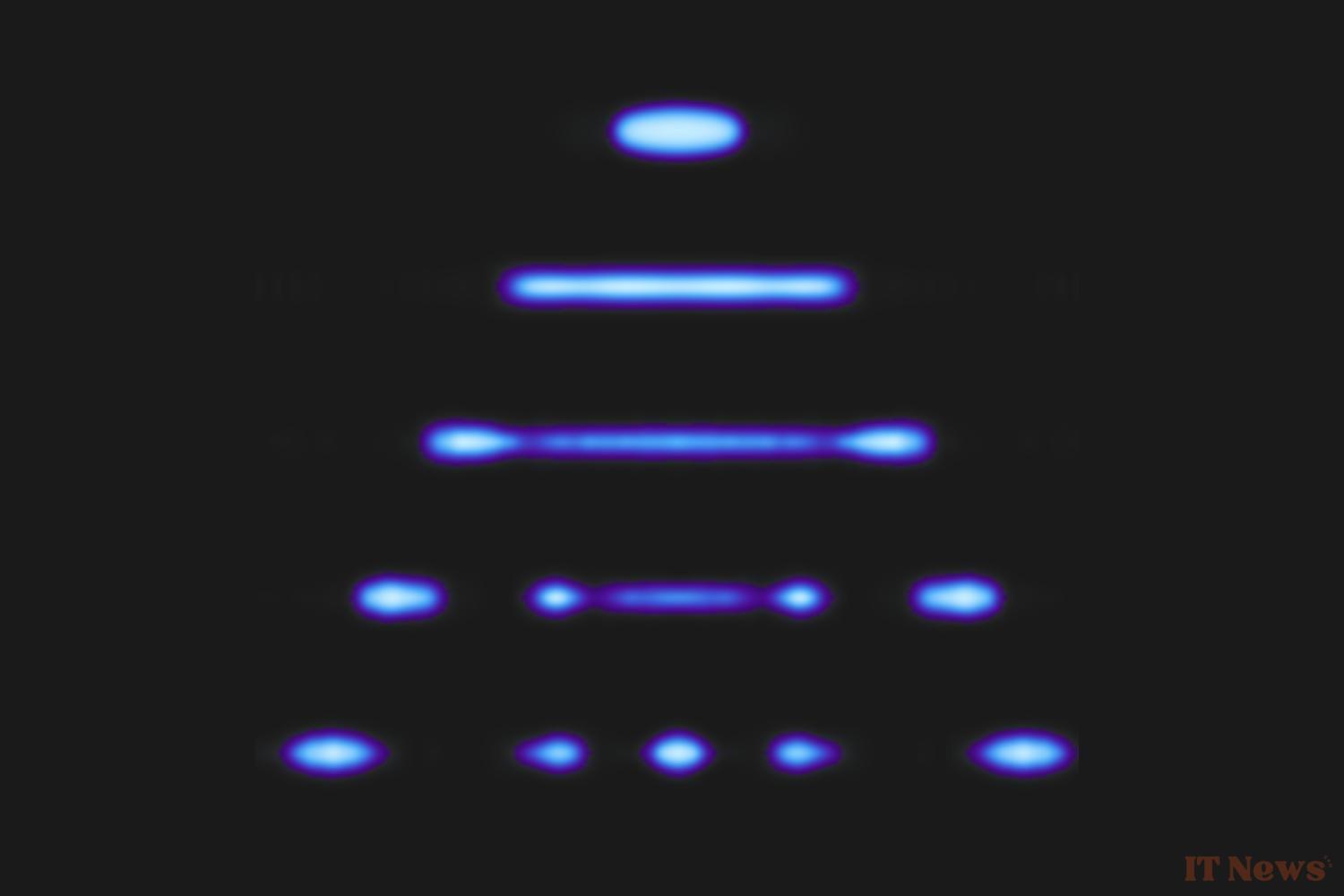Thanks to a superb experiment, researchers recently observed for the first time a fascinating phenomenon: quantum rain. A discovery at the boundary between the quantum world and conventional fluid physics that could pave the way for great advances in fundamental science.
When you relax peacefully reading a book or watching a series during a rainy evening, you can observe numerous droplets sliding slowly along the windows, helping to create a relaxed and cozy atmosphere. But it's easy to forget that this phenomenon, with which we've all been familiar since childhood, is actually a manifestation of several fascinating physical phenomena.
Droplets, Little Treasures of Physics
If water accumulates in this way in the form of well-defined droplets, it is primarily because of a discreet phenomenon, but one that governs a large part of the world around us: the principle of least action, defined by the illustrious Joseph-Louis Lagrange. It states that nature tends to favor arrangements of matter that minimize the total energy of the system. In the case of our droplets, reducing the energy of the system means minimizing the surface area of the liquid. They therefore spontaneously approach the sphere, the most efficient form in this context: we then speak of surface tension.
The latter is also at the origin of another phenomenon, Plateau-Rayleigh instability. Imagine a fountain emitting a jet of liquid. This jet can remain surprisingly regular and coherent over a long distance thanks to surface tension, which allows it to maintain its integrity. But the longer the jet, the less this tension becomes sufficient. At the other end, the situation becomes much more unstable: drops begin to separate from the jet as a result of this instability. It's a much-studied and well-documented phenomenon—and fortunately, because it's crucial in so many fields, from basic research to biochemistry and nanotechnology.
A "quantum rain" never before observed
Or at least, that's the case on our scale and under normal conditions. Because when we start to observe a phenomenon from the perspective of quantum physics, the situation tends to change radically. We know that when atoms are cooled to a temperature close to absolute zero, their behavior is no longer governed solely by the classical forces of traditional physics: the often counterintuitive laws of quantum mechanics must also be taken into account.
This raises a host of questions about the behavior of our droplets, including a particularly interesting one: Do phenomena like surface tension and the Plateau-Rayleigh instability also exist in the quantum world?
To answer this question, for several years, physicists have learned to create objects called "quantum droplets" — small groups of atoms stabilized solely by quantum effects, which share certain properties with conventional liquids. And that's where the authors of this new study come in, taking this concept further with a beautiful experiment.
They started by setting up a gas made up of rubidium-87 and potassium-41, which was then heated to a temperature close to absolute zero. Under these conditions, piles of ephemeral and unstable quantum droplets began to form before disappearing a few tenths of a millisecond later.
The big news lies in the introduction of a laser. What's important to remember in this context is that these light beams are actually highly coherent and organized electromagnetic waves. Thanks to these properties, a laser can be used as a waveguide, a structure that restricts the propagation of energy in a specific direction. A sort of electromagnetic tutor, in short.
Using this laser, the researchers were able to channel the droplets so that they stretch over a long distance, thus forming filaments. They then ended up with structures that were certainly tiny and technically closer to gases than liquids, but structurally comparable to the fountain jets mentioned above.
In other words, this is the perfect setting to test whether surface tension and Plateau-Rayleigh instability also exist at the quantum scale... and that is precisely what they observed. From a certain critical distance threshold, the quantum wires became unstable. They then fragmented into several individual droplets, just like the jet of a fountain beyond a certain distance.
“By combining experiments and numerical simulations, we were able to describe the breakup dynamics of a quantum drop in terms of capillary instability,” explains Chiara Fort, a researcher at the University of Florence and co-author of the study. "While the Plateau-Rayleigh instability is well known in classical liquids and has also been observed in superfluid helium, it had never been observed before in atomic gases."
A study at the frontier of the two physics
The crucial point of this work is that we now know that this phenomenon concerns both the macroscopic scale and the quantum world. And that's a valuable detail: this shared property could help researchers explore the boundaries between conventional and quantum physics, which still remain irreconcilable at some levels today.
Einstein's general relativity passes its biggest test
The answer to some of the most enduring puzzles in modern physics arguably lies in these obscure gaps. Every opportunity to explore how classical and quantum physics coexist and overlap is therefore very exciting, and opens the door to further potentially revolutionary work on the behavior of matter.
The other important point is that this study offers a new approach to manipulating quantum droplets. A very exciting prospect, as these exotic objects are considered very promising for the future of several technological niches. Some researchers, for example, are trying to concretely exploit their properties in quantum computers and sensors, but also in other fields such as optics, nanotechnologies or materials science. Beyond fundamental research, this study could therefore provide a basis for fascinating new technologies.
“Our measurements not only advance the understanding of this exotic liquid phase,” summarizes Luca Cavicchioli, researcher at CNR-INO and lead author of the article, “but also demonstrate that it is possible to create quantum droplet networks for future applications in quantum technologies.”
The text of the study is available here.




0 Comments